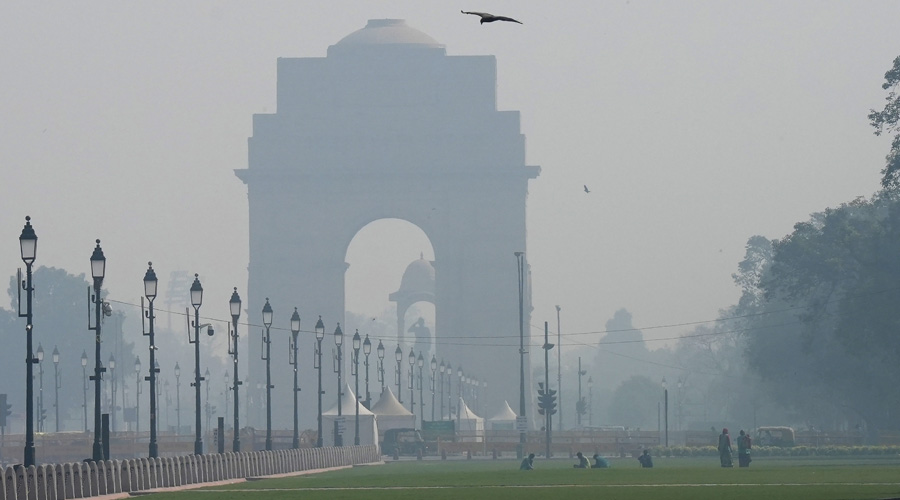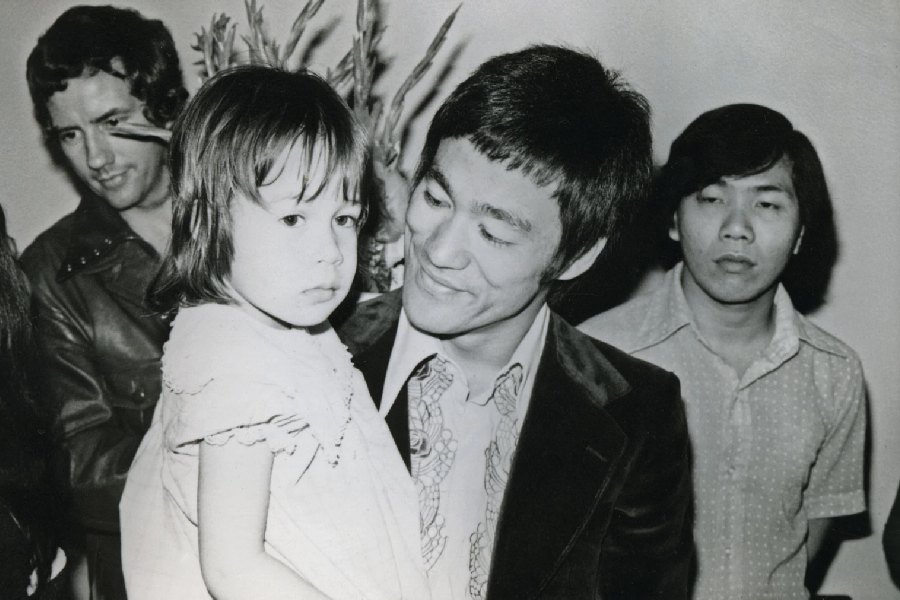The Delhi government will step up efforts to curb pollution in the city, which is high after Diwali but lower than levels recorded in the past five years.
The AAP government in Delhi thanked the party-run Punjab government for curbing crop stubble burning, and blamed neighbouring BJP-ruled states for failing to do so.
Delhi environment minister Gopal Rai told reporters on Tuesday: “Every year the level of pollution rises rapidly a day after Diwali, but this year the pollution level was the lowest in the past five years… during morning hours…. There has been a decline of 30 per cent in pollution level compared to the previous year…. Though a few people still burst crackers, I am optimistic that they will also become more sensible.”
He added: “Last year we had deployed 10 mobile anti-smog guns (to sprinkle water droplets to reduce dust) on roads and it had a positive impact. Keeping that in mind, we are deploying 150 mobile anti-smog guns this year…. According to data, there were 3,032 cases of stubble burning in Punjab on the day of Diwali last year. Haryana had 228 cases and Uttar Pradesh had 123 cases. According to figures released for yesterday, there were 1,019 cases of stubble burning in Punjab this Diwali. In Haryana, there were 250 cases, which means that the number of incidents has increased this Diwali. Uttar Pradesh also saw a rise in cases as there were 215 reported incidents on Diwali.”
Firecrackers have been banned in Delhi since last year, although they’re allowed with restrictions in neighbouring Haryana and Uttar Pradesh, where many Delhi-ites bought crackers from. Police in Delhi seized almost 17.4 tonnes of crackers meant for illegal sale in Delhi, but only 3.608kg from those who were bursting them in the city.
Gufran Beig, project director, System of Air Quality and Weather Forecasting And Research, a central government organisation, said in a statement: “This is relatively the cleanest Diwali week since 2015. There are four specific reasons why the Air Quality remained in check and didn’t go as bad as in the past five years. The first reason is that the wind direction over the stubble fires, which is northwesterly during this period, changed to southwesterly yesterday. This region doesn’t have fires, and hence the contribution of the farm fires is minimal at 5 to 8 per cent.
“Because Diwali is earlier in the winter season, the temperatures are warmer, and wind speeds are high at around 9kmph, the accumulation never reaches the saturation level. The accumulation remained equal to the ventilation, and hence the worse was over at 2am. During mornings when winds usually become stagnant, it continued to be above 9kmph so the ventilation was good. The firecrackers, too, seem to be lesser this year.”











